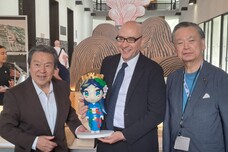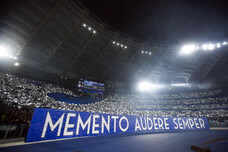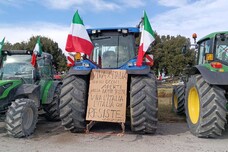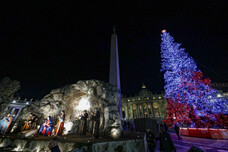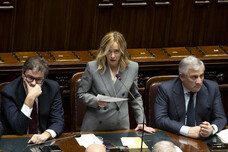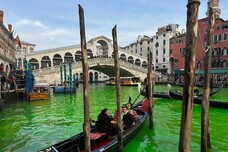The exhibition 'Mater ceramica, materia viva e attuale' intends to offer an insight into Italian ceramic production from the early 20th century to the present day, through selected works by recognised artists and designers from the Museo Internazionale delle Ceramiche (MIC) in Faenza, which houses the world's most important collection dedicated to ceramics.
In an itinerary that illustrates the evolution of ceramics, from the beginnings of the 20th century to the new directions taken between the two wars thanks to the Monza Biennials and the Milan Triennials, the exhibition delves into the new affirmation of ceramic production under the Made in Italy label since the end of the Second World War, and allows us to grasp the popularity that ceramics has been experiencing in recent years, as witnessed by the space that major international exhibitions such as the Biennials are reserving for this material.
The exhibition project, which consists of twenty works, starts from the Art Nouveau period, with the works of Domenico Beccarini and Galileo Chini, the design of Giò Ponti linked to the production of the great manufactures such as Ginori, the eclectic evolutions of Arturo Martini and Francesco Nonni's Art Deco taste, to arrive at the truly contemporary language witnessed in the second half of the 20th century, by the works of Lucio Fontana, Fausto Melotti, Leoncillo, Nanni Valentini, Antonia Campi, Carlo Zauli, Alfonso Leoni, Guerrino Tramonti and Enrico Baj and, in the current production, by the hyperrealist works of Bertozzi&Casoni and the material works of Giacinto Cerrone, Antonio Violetta and Alessandro Roma.
The opening of the exhibition, which is part of the Italian Design Day 2025 programme, will be held on 13 February at 7 p.m. at the Italian Cultural Institute.
The exhibition has been made possible thanks to the collaboration of the Emilia Romagna Region.
ALL RIGHTS RESERVED © Copyright ANSA

